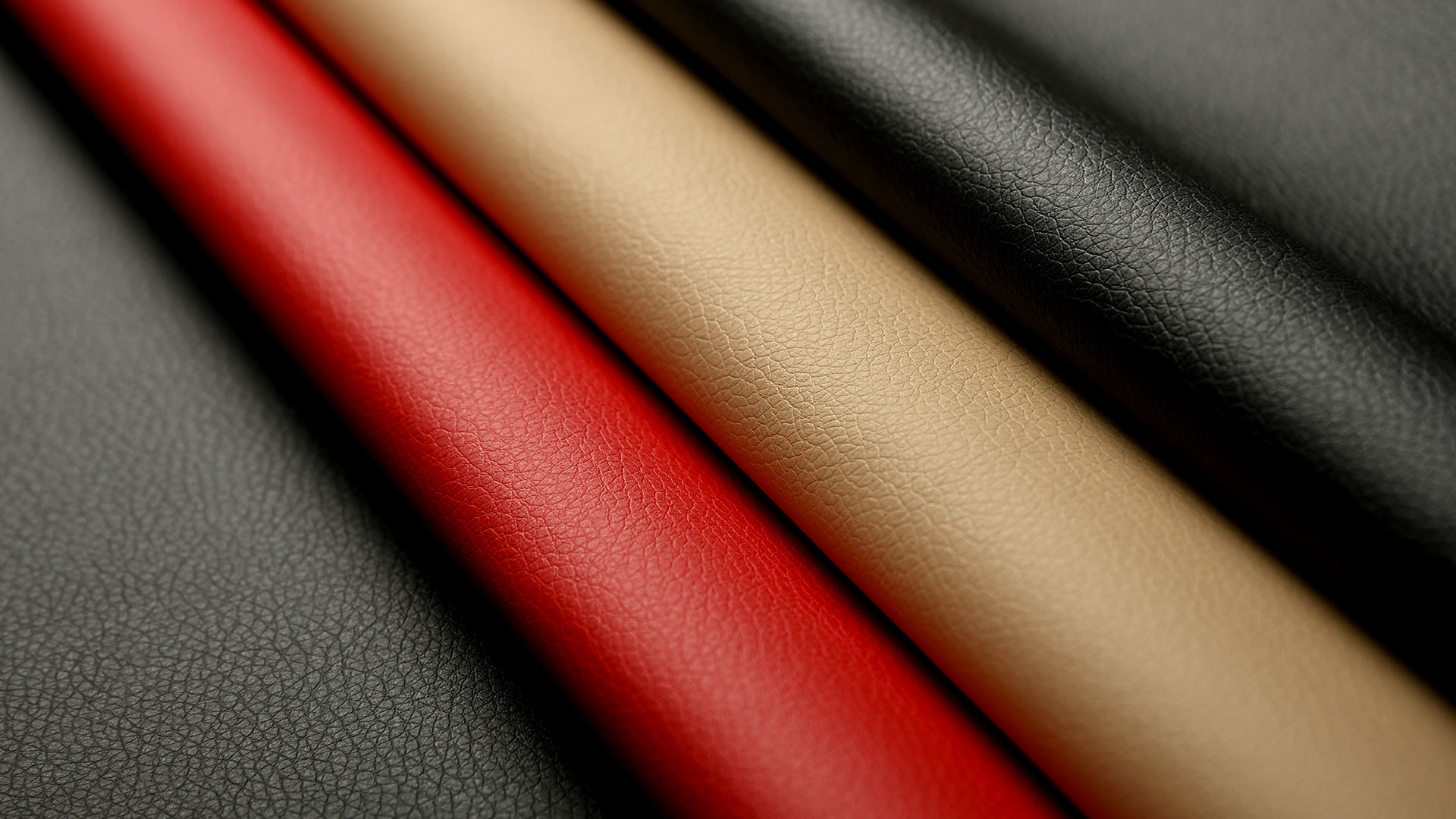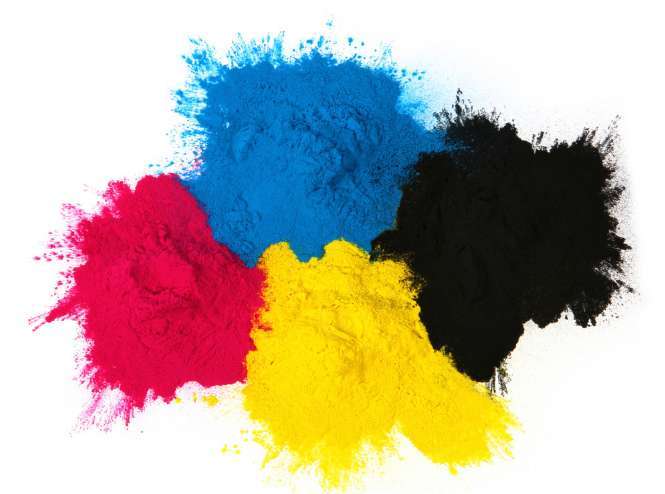How is leather dye mixed?
Leather dyeThe color mixing process generally uses the basic principle of the color triangle for mixing colors:Leather dyeWhen dyeing, using a single dye often cannot achieve the desired color, so several pigments need to be selected and mixed. For example, mixing the red and blue parts of the spectrum can yield purple. The color after mixing pigments is determined by the mixed light reflected from various colored pigments. Currently,Leather dyethere is no complete set of perfect color standards. However, a considerable amount of practical experience has been accumulated. There are some effective and practical color mixing methods. Based on this color mixing method, one can quickly master someleather dyecolor matching. This introduces the color mixing method using the basic principle of the color triangle.

The subtractive primary colors red, yellow, and blue cannot be paired with other colors, but can be paired with multiple colors. The subtractive primary colors red, yellow, and blue form a triangular area. Mixing experience: black plus white equals gray, if the color is yellowish, add white and red, if the color is light, add black. The vertices of the triangle are red, yellow, and blue, with a black inverted triangle area in the center, and the colors on the sides of the triangle are binary colors, which can be added by changing the printing color ratio of any two of the three printing colors. For example, at the edge of yellow and cyan, some secondary colors can be created, such as lemon, cyan, and yellow; in the secondary colors, moving along the sides of the triangular color sample towards yellow and blue, the color will become darker.
Leather dyeIn addition to primary and secondary colors, there are tertiary colors within the red, yellow, and blue triangle. The hue at every point within the triangle contains the three primary colors red, yellow, and blue. Equal amounts of red, yellow, and blue can be mixed to create black. Additionally, any straight line through the black area intersects with two points on the sides of the color mixing triangle, indicating that the colors are essentially complementary colors, and these complementary colors can also be mixed to create black in certain proportions.
Latest developments







